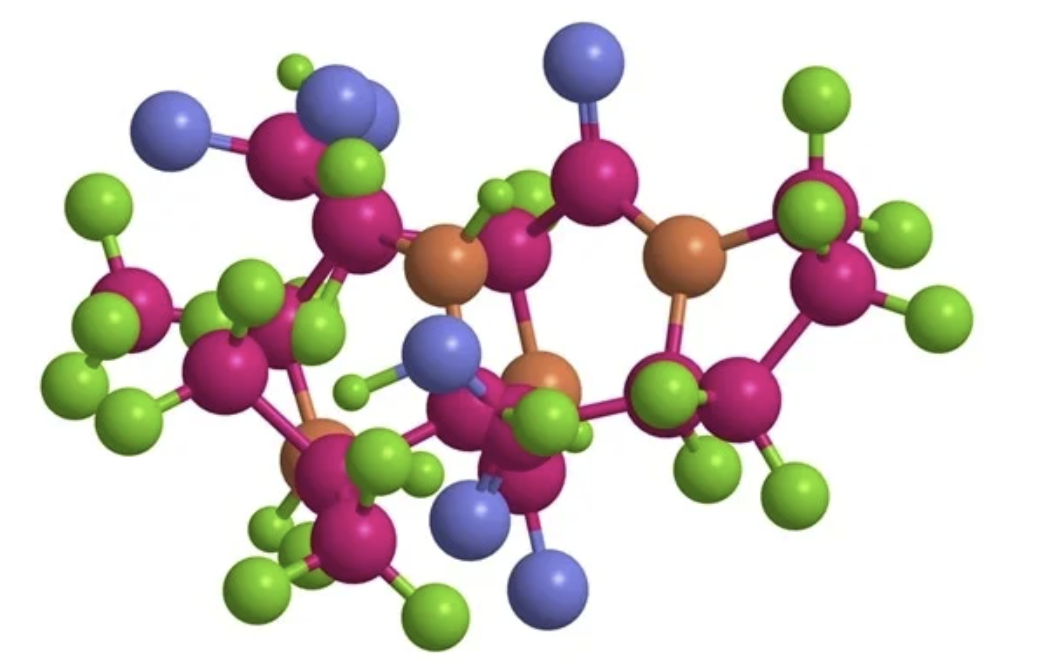Each cell in our body is constantly renewing. New cells are continually being formed, while older cells die and age. This can sometimes lead to damaged cells or cells remaining. Senescent cells can negatively affect other nearby cells. It can affect the way neighboring cells respond to inflammation, sugars or proteins, and lead to metabolic issues.
What is SENOLYTICS?
Senolytics are a grouping of drugs, supplements or peptides which help eliminate senescent cells. These drugs inhibit the survival mechanisms of senescent cell.
Senescent cells can accumulate in different tissues. Different tissues can accumulate them. They are also present in metabolic and obesity disorders. These cells can cause dysfunction and secrete inflammatory cytokines, chemokines, and proteases, termed the senescence-associated secretory phenotype (SASP).
According to research conducted on humans and animals, Senolytics is effective in eliminating cells that cause problems.
Sensolytic Examples
Senolytics are used to treat inflammation, metabolic dysfunction and adipose tissue.
The first senolytic drugs were discovered using hypothesis-driven approaches: Navitoclax (Quercetin), Rapamycin and Fisetin.
Sprycel is the brand name of Dasatinib. This cancer drug treats certain types leukemias in both children and adults. It induces apoptosis in senescent cell through inhibition of Src Tyrosinekinase. Quercetin inhibits Bcl-xL, which is anti-apoptotic.
Quercetin is a flavonoid that occurs naturally. It has anti-inflammatory and antioxidant properties. It is used in nutritional supplements. This drug combination targets senescent cells that are linked to multiple chronic age-related illnesses.
DASATINIB & QUERCETIN RESEARCH
Some of the preliminary research showed that dasatinib and quercetin reduced adipose tissue senescent cell burden within 11 days, with decreases in cellular senescence markers, decrease in cells with senescence-associated b-galactosidase activity, and adipocyte progenitors (similar to stem cells). In adipose tissues, the number of senescent cell attracted, activated, and anchored by macrophages was also reduced. SASP factors such as interleukin 6 as well as Matrix metalloproteinases 9, 12 and skin epidermal cells were also reduced.
Senolytics are shown to reduce the number of senescent and aging cells, reduce inflammation and alleviate frailty. Clinical trials for diabetes, skin, metabolic, and Alzheimer’s diseases are currently underway.
This article was written by a peptide professional from Domestic Peptides. Looking to buy Peptides? Well, look no further. Welcome to Domestic Peptides where you’ll find a huge selection of Research Peptides for sale and Research Chemicals for Sale, all made in the USA.





